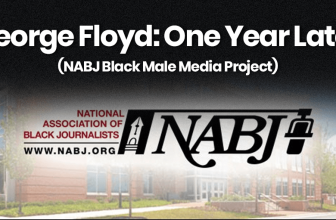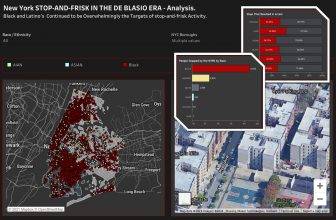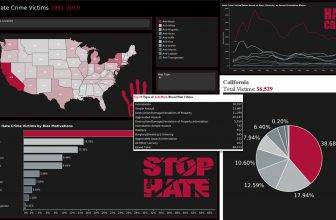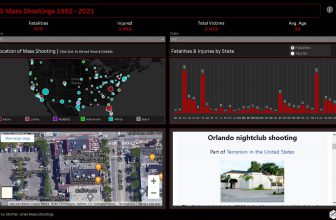CipherTrace Announced World’s First Monero (XMR) Tracing Capabilities

Blockchain analysis company CipherTrace has released a tool they’ve claimed can be used in tracing Monero (XMR) transactions.
“Monero (XMR) is one of the most privacy-oriented cryptocurrencies,” Dave Jevans, CEO of CipherTrace, in CipherTrace’s press release, and, “CipherTrace is proud to announce the world’s first Monero tracing capability.”
“Our research and development team worked for a year on developing techniques for providing financial investigators with analysis tools. There is much work still to be done, but CipherTrace is proud to announce the world’s first Monero tracing capability. We are grateful for the support of the Department of Homeland Security’s Science & Technology Directorate on this project.”
Cryptocurrencies, like BTC and ETH use transparent blockchains, that disclose transitions once the addresses are connected to and individual for all to see.
This protects Monero users even when an address owner happens to be identified using information outside the blockchain. Monero’s cryptographic algorithms on the other hand prevent most blockchain analysis. By looking at the Monero blockchain alone, senders, receivers, and amounts in transactions cannot be determined.
Contradicting claims were exchanged this week between cryptocurrency analytics firm CipherTrace and the Monero community after a press release from the firm claimed the ability to trace the movement of the Monero cryptocurrency.
Because of this, CipherTrace’s Monero-tracing claim in its August 21, 2020, press release (ciphertrace.com/ciphertrace-announces-worlds-first-monero-tracing-capabilities) was unprecedented.
“Monero (XMR) is one of the most privacy-oriented cryptocurrencies,” said Dave Jevans, CEO of CipherTrace, in CipherTrace’s press release, and, “CipherTrace is proud to announce the world’s first Monero tracing capability.”
The announced work in part satisfied a US government contract, with Mr. Jevans acknowledging in the press release, “we are grateful for the support of the Department of Homeland Security’s Science & Technology Directorate on this project.”
CipherTrace has received contracts totaling over $6M, according to funding tracking site govtribe.com. This includes a $3.6M potential-value contract (including options) whose timeline ended on August 29, 2020, with 65% funding for $2.4M, according to govtribe.com
The Monero community, which develops and promotes the cryptocurrency, reacted to the press release with questions and criticism, as expressed on Reddit and Telegram discussion boards. Members of the Monero community met with Mr. Jevans in a public online discussion.
In the discussion, Sarang Noether expressed theoretical concerns with CipherTrace’s claims, concerns that remain unresolved.
“What is the math behind this?” asked Dr. Noether, without resolution in the discussion. “Saying that this is a 90% or not 90% [for example] likelihood of signing depends entirely on the metrics you are using—it’s very subjective.”
Additionally, after the CipherTrace press release, Monero Outreach published a description of a new algorithmic innovation called Triptych (monerooutreach.org/stories/monero-triptych.html).
Triptych promises to even further protect Monero users through obfuscation of the limited information CipherTrace appears to use.
Triptych allows the number of funding-source-hiding decoys used in a transaction to surge while blockchain space and processing time drop. It is part of a continual pattern of Monero improvement.
“I suppose this kills the concept of CipherTrace before it even got started,” stated Reddit user Deif in a discussion of the Triptych breakthrough
Competition has formed between government-funded efforts at surveillance and community efforts to protect privacy and liberty. This week gives a snapshot of that struggle through the lens of privacy-focused open-source Monero, where research is active. This week tilted in favor of Monero and privacy, but it’s an ongoing battle.





